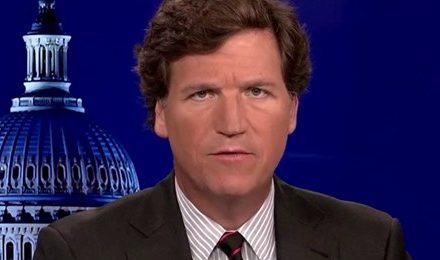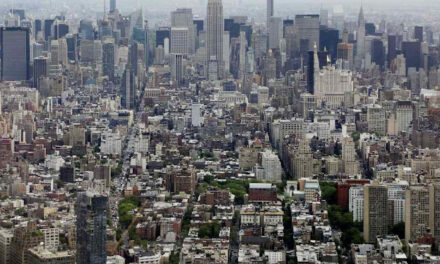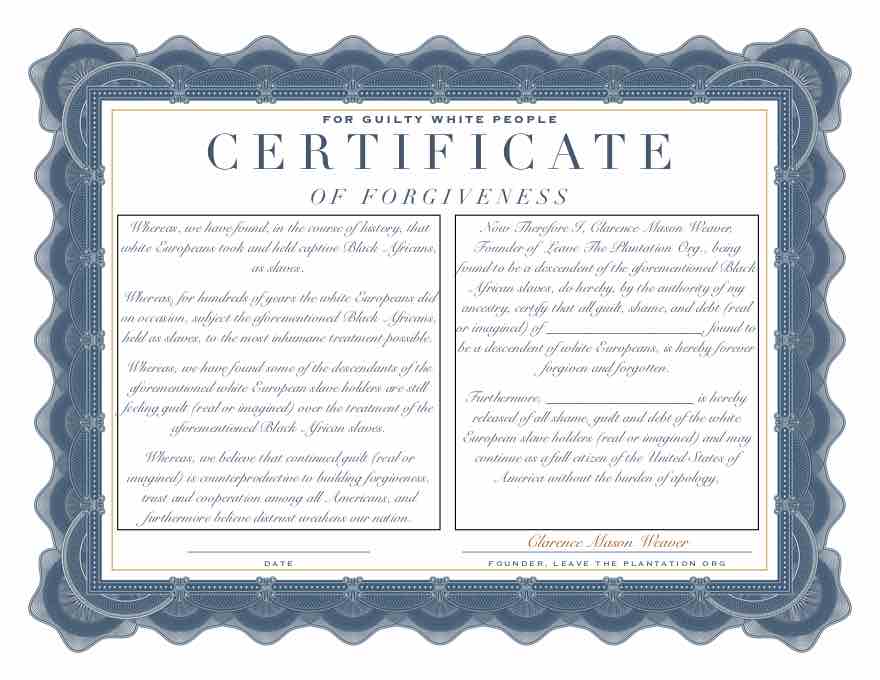LTP News Sharing:
According to government measurements, 428,000 jobs were created in April. But 353,000 Americans left the workforce. It’s not a good sign for the economy.
While the unemployment rate determined by the U.S. Bureau of Labor Statistics remained steady at 3.6%, the labor participation rate – the total number of Americans in the workforce – fell two-tenths of a point to 62.2%.
As CNBC explained in an article about the employment situation:
That means workers did not return to the labor force in the numbers expected, and in fact, some withdrew. That is not a good sign for an economy with a labor shortage and rising wages.
Such concern is also present in the alternative U-6 employment measurement, which factors in total unemployment with those only marginally attached to the workforce. That rate rose by a tenth of a point to 7.0% – almost twice the rate touted by the White House.
 This anemic employment picture, the latest in a series of underperforming results as America tries to bounce back from the COVID pandemic lockdown, has members of the National Center’s Project 21 black leadership network – including economist Michael Austin – worried:
This anemic employment picture, the latest in a series of underperforming results as America tries to bounce back from the COVID pandemic lockdown, has members of the National Center’s Project 21 black leadership network – including economist Michael Austin – worried:
The April jobs report is an unfortunate example of Americans paying more but getting less.
Despite beating job growth expectations, the nation’s labor force shrank by 353,000 people. For those working, hourly wages only grew 5.5% — well under March’s inflation of 8.5%. This means that fewer goods are produced, and what remains on the shelves gets more expensive for families to afford.
With investors’ confidence dropping, another U.S recession may be inevitable. If the Biden administration is truly interested in supporting the economy, it should reduce government waste and give more Americans tax relief.

Project 21 member Melanie Collette – the host of the “MoneyTalk with Melanie” radio show – added:
The jobs report is just another reflection of how the Biden economy is failing the American people.
While the Biden administration touts itself as being no friend of big business, businesses with 1,000 or more employees scooped up the majority of the few available workers in an extremely tight labor market. In contrast, businesses with 50 or fewer employees are hemorrhaging staff as historically high inflation rates and staff retention costs eat up their bottom lines.
It is ironic this jobs report was released after Biden said, in his proclamation for National Small Business Week, that he is “committed to unlocking new opportunities to help small businesses grow and compete.” For the 50% of Americans employed by small businesses, Biden’s economic policies are doing the opposite.
 And Project 21 member J. Philip Clay, a real estate investment specialist, lamented the squandered potential:
And Project 21 member J. Philip Clay, a real estate investment specialist, lamented the squandered potential:
The U.S. adding jobs is a welcome sight. We have finally reached the same unemployment rate as the Trump administration posted in February of 2020. We are seeing historic gains as companies fight to become staffed to meet demands.
But, while these should be wins, the average worker is seeing those pay gains wiped out by this massive inflation for which President Biden has yet to answer.
Author: David Almasi







